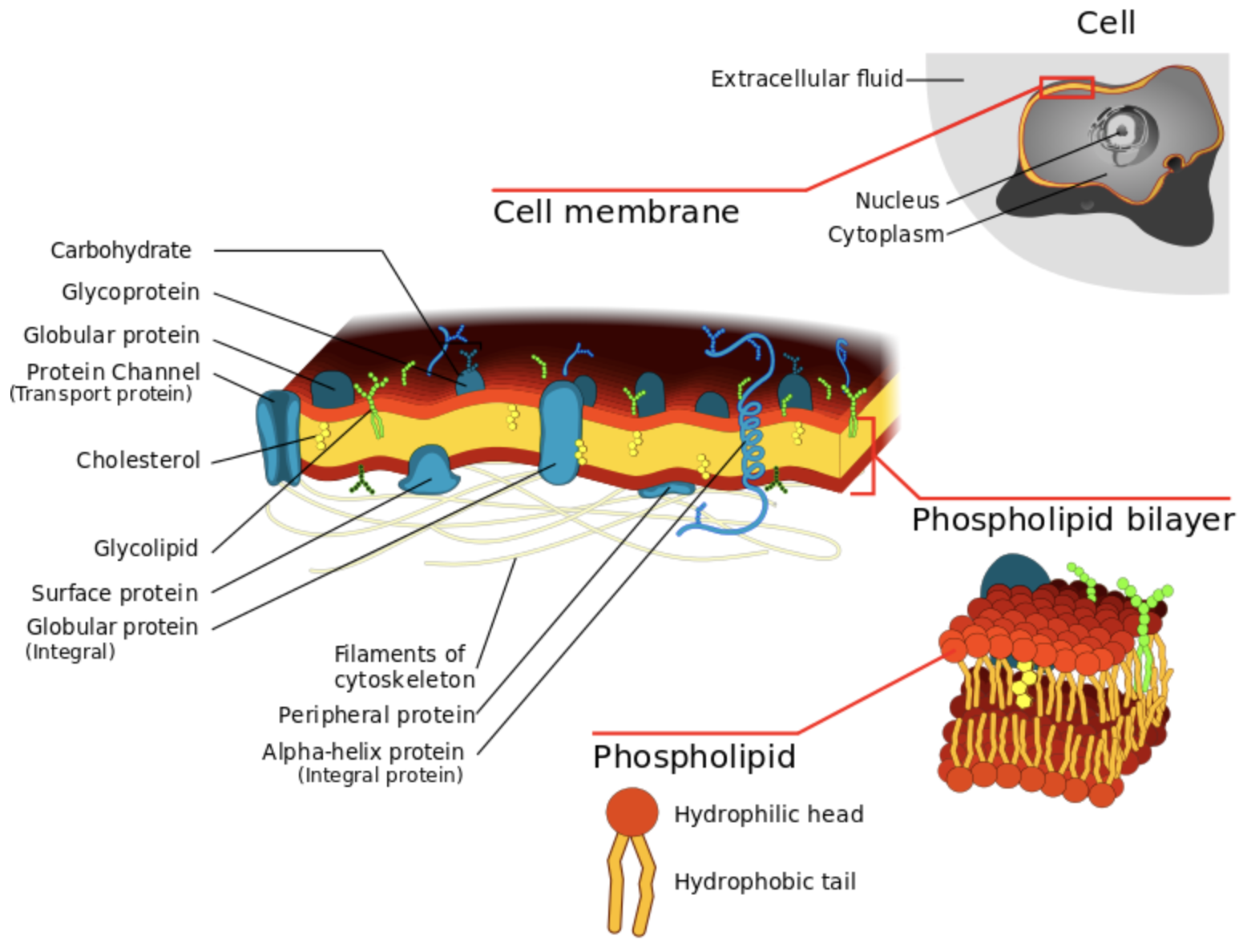
Which is present nearest to the plasma membrane in a plant cell?
(a) Secondary wall
(b) Primary wall
(c) Middle Lamella
(d) Tonoplast
Answer
469.5k+ views
Hint: This membrane is found in all cells and it separates the interior portion of the cell from the outside environment. It also gives a perfect shape to the cell.
Complete step by step answer:
A cellulosic cell wall is characteristic of all plant cells. The primary wall is the first part of the cell wall while a secondary wall is present inner to the primary wall. Middle lamella is present between adjacent plant cells while tonoplast term is used to refer to the membrane of the large central vacuole present in a plant cell. The plasma membrane is seen nearest to the secondary cell wall of a plant cell.

So, the correct answer is, ‘ Secondary wall.’
Additional Information: The plasma membrane is also known as the cell membrane and it protects the cell. In the plant cells and bacterial cell, there is another layer of rigid protective covering outside the plasma membrane, called the cell wall.
Lipids ( phospholipids and cholesterol), proteins, and carbohydrates are the main components of the cell membrane.
To show the arrangement of proteins, carbohydrates, and fats in the plasma membrane, various scientists have suggested different theories. Out of these, the most appreciable one was the Fluid Mosaic model proposed by Singer and Nicolson in 1972.
It contains a lipid bilayer (a globular protein molecule), including cholesterols that sit between phospholipids to maintain their fluidity at various temperatures.
Globular protein is of two types: (a) peripheral extrinsic protein- This is soluble and lies outside the lipid layer. (b) integral protein: This is insoluble and pierces one or both layers of phospholipids.
Note:
- Robert Hooke discovered the cell membrane.
- The most basic role of the plasma membrane is to define the borders of the cell and keep it functional.
- The plasma membrane is selectively permeable, it allows only some substances to pass through, but not others.
Complete step by step answer:
A cellulosic cell wall is characteristic of all plant cells. The primary wall is the first part of the cell wall while a secondary wall is present inner to the primary wall. Middle lamella is present between adjacent plant cells while tonoplast term is used to refer to the membrane of the large central vacuole present in a plant cell. The plasma membrane is seen nearest to the secondary cell wall of a plant cell.

So, the correct answer is, ‘ Secondary wall.’
Additional Information: The plasma membrane is also known as the cell membrane and it protects the cell. In the plant cells and bacterial cell, there is another layer of rigid protective covering outside the plasma membrane, called the cell wall.
Lipids ( phospholipids and cholesterol), proteins, and carbohydrates are the main components of the cell membrane.
To show the arrangement of proteins, carbohydrates, and fats in the plasma membrane, various scientists have suggested different theories. Out of these, the most appreciable one was the Fluid Mosaic model proposed by Singer and Nicolson in 1972.
It contains a lipid bilayer (a globular protein molecule), including cholesterols that sit between phospholipids to maintain their fluidity at various temperatures.
Globular protein is of two types: (a) peripheral extrinsic protein- This is soluble and lies outside the lipid layer. (b) integral protein: This is insoluble and pierces one or both layers of phospholipids.
Note:
- Robert Hooke discovered the cell membrane.
- The most basic role of the plasma membrane is to define the borders of the cell and keep it functional.
- The plasma membrane is selectively permeable, it allows only some substances to pass through, but not others.
Recently Updated Pages
Master Class 11 Accountancy: Engaging Questions & Answers for Success

Glucose when reduced with HI and red Phosphorus gives class 11 chemistry CBSE

The highest possible oxidation states of Uranium and class 11 chemistry CBSE

Find the value of x if the mode of the following data class 11 maths CBSE

Which of the following can be used in the Friedel Crafts class 11 chemistry CBSE

A sphere of mass 40 kg is attracted by a second sphere class 11 physics CBSE

Trending doubts
Define least count of vernier callipers How do you class 11 physics CBSE

The combining capacity of an element is known as i class 11 chemistry CBSE

Proton was discovered by A Thomson B Rutherford C Chadwick class 11 chemistry CBSE

Find the image of the point 38 about the line x+3y class 11 maths CBSE

Can anyone list 10 advantages and disadvantages of friction

Distinguish between Mitosis and Meiosis class 11 biology CBSE




